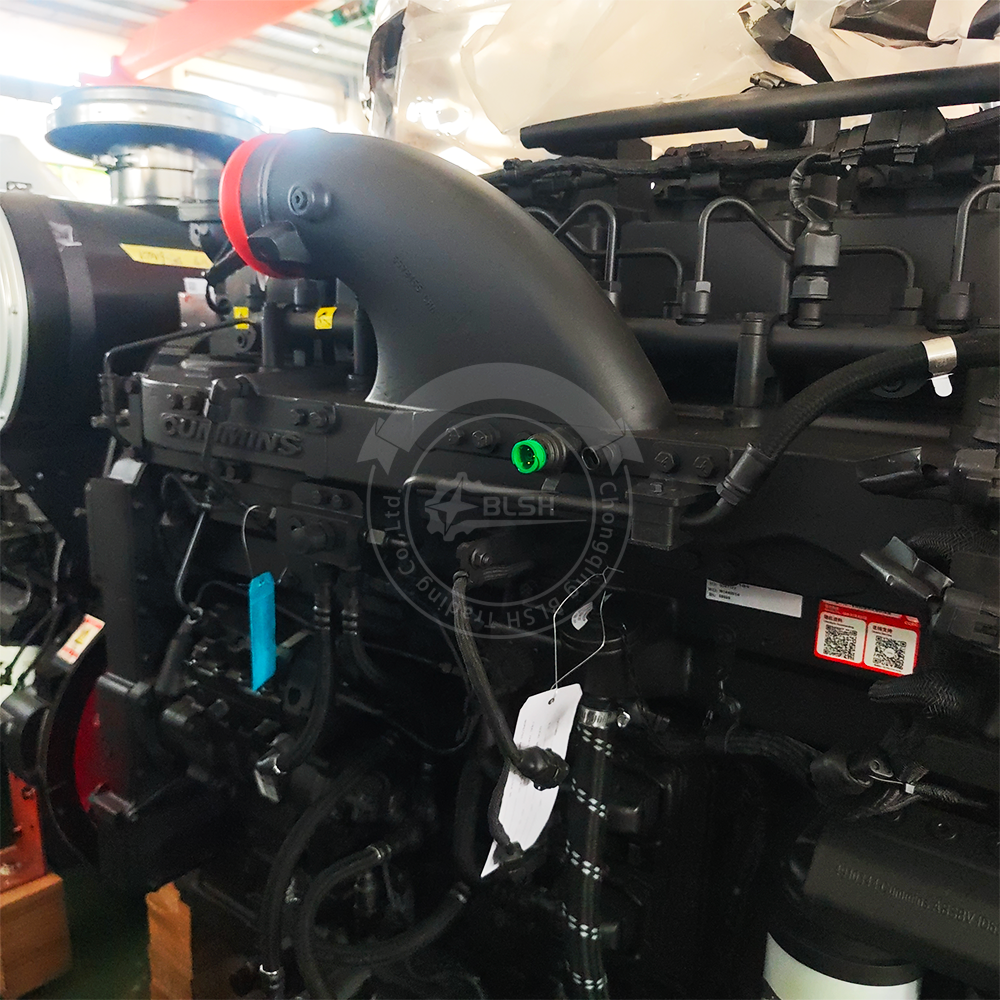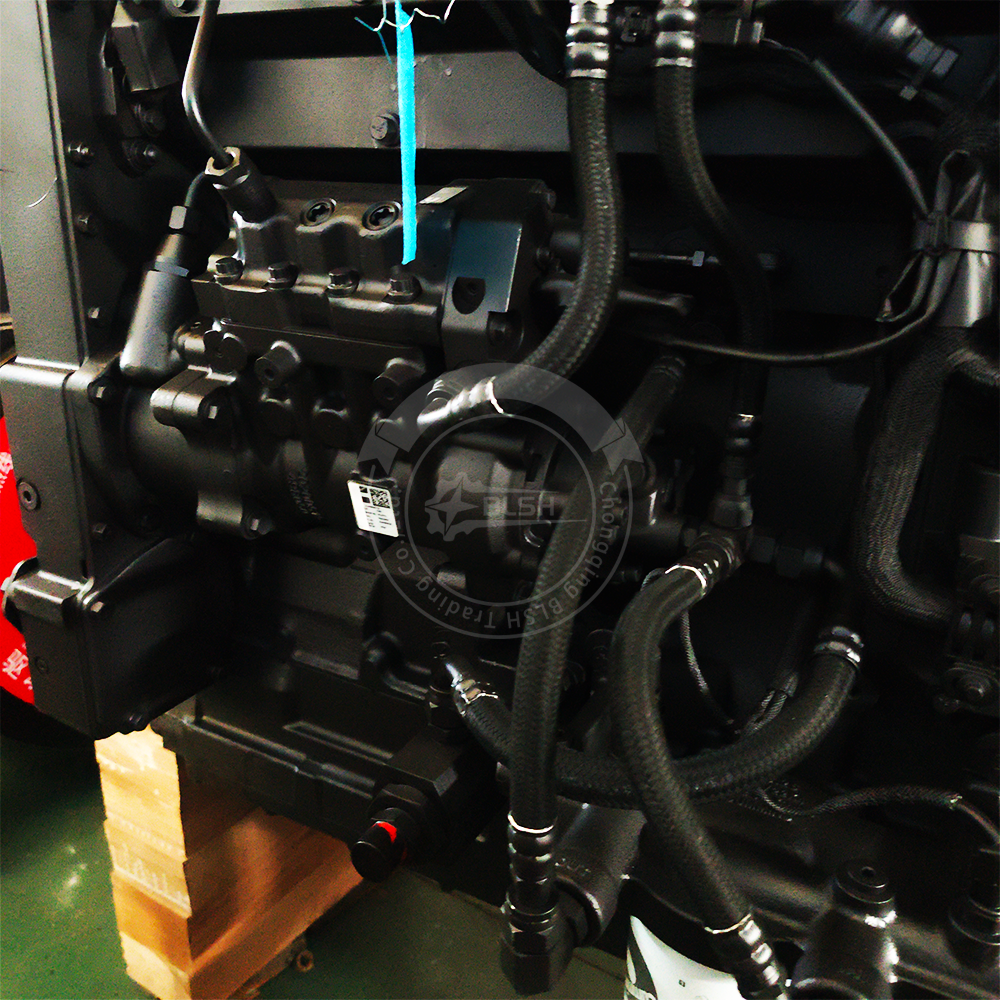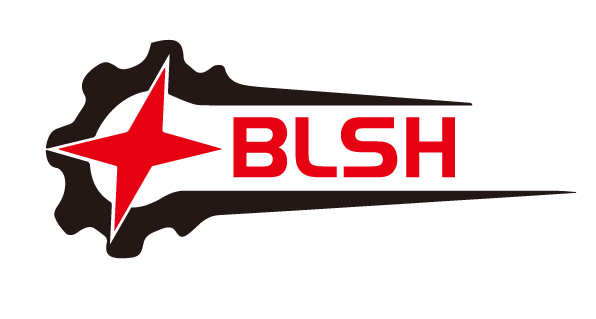CCEC QSK19-G3-NR2-A Generator Engines




| Engine Model | QSK19-G3-NR2-A |
| Standby Power | 897 HP (669 kW) at 1800 RPM |
| Prime Power | 815 HP (608 kW) at 1800 RPM |
| Compression Ratio | 15.0 : 1 |
| Type | 4 Cycle; 6 Cylinder |
| Fuel System | CMS MCRS |
| Aspiration | Turbocharged & Aftercooled |
| Emission Standard | Euro II |
| Displacement | 19L |
| Bore * Stroke | 159 mm * 159 mm |
| Packing Size (L * W * H) | 1695 mm * 985 mm * 1723 mm |
General Infomation of CCEC QSK19-G3-NR2-A Generator Engines
| General Infomation of CCEC QSKTAA19-G3-NR2-A Generator Engine | |||
| Engine Model | QSKTAA19-G3-NR2-A | Configuration | D193103GX03 |
| Performance Curve | FR-4446 | CPL | 1485 |
| Type | 4-Cycle; In-line; 6-Cylinder Diesel | Aspiration | Turbocharged and Air to Air Aftercooled |
| Stroke * Bore | 159 mm * 159 mm / 6.25 in * 6.25 in | Displacement | 1159 in3 / 19.0 L |
| Compression Ratio | 15.0 : 1 | Fuel System | CMS MCRS |
| Prime Power & Engine Speed | 770 HP (574 kW) at 1500 RPM | Continuous Power & Engine Speed | 450 HP (336 kW) at 1500 RPM |
| No. of Cylinders | 6 | Emissions | Refer to Emission Data Sheet for Details |
| Standby Power & Engine Speed | 850 HP (634 kW) at 1500 RPM | Fan to Flywhee | 4953720 |
| Installation Data of CCEC QSKTAA19-G3-NR2-A Generator Engine | |||
| Wet Weight – Fan to Flywheel Engine | 4350 lb / 1973 kg | Dry Weight(Approximate) – Fan to Flywheel Engine | 4190 lb / 1900 kg |
| Moment of Inertia of Rotating Components – with FW 4023 Flywheel | 194.6 lbm.ft2 / 8.2 kg.m2 | Maximum Bending Moment at Rear Face of Block | 1000 lb.ft / 1356 N.m |
| Center of Gravity from Rear Face of Block | 23.55 in / 598.2 mm | Center of Gravity Above Crankshaft Centerline | 11.1 in / 281.9 mm |
| Maximum Static Loading at Rear Main Bearing | 2000 lb / 908 kg | Steady State Stability Band at Any Constant Load | +/- 0.25 % |
| Excludes Exhaust Noise; at Rated Load and 7.5 m (24.6 ft);1800 RPM | 90.2 dBA | Exhaust Noise at 1 m Horizontally from Centerline of Exhaust Pipe Outlet Upwards at 45°;1800 RPM | 118 dBA |
Engine Performance Data CCEC QSK19-G3-NR2-A Generator Engines
| Performance Data of CCEC QSKTAA19-G3-NR2-A Generator Engine | |||||
| PRIME POWER | STANDBY | PRIME POWER | STANDBY | ||
| Governed Engine Speed | 1500 RPM | 1500 RPM | Exhaust Gas Flow | 4185 cfm / 1975 L/s | 4425 cfm / 2090 L/s |
| Engine Idle Speed | 700 – 900 RPM | 700 – 900 RPM | Air to Fuel Ratio (air : fuel) | 25.5 : 1 | 24.6 : 1 |
| Gross Engine Power Output | 770 HP / 574 kW | 850 HP / 634 kW | Radiated Heat to Ambient | 3285 BTU/min / 60 kW | 3515 BTU/min / 65 kW |
| Brake Mean Effective Pressure | 353 psi / 2434 kPa | 389 psi / 2682 kPa | Heat Rejection to Jacket Coolant | 12225 BTU/min / 215 kW | 12830 BTU/min / 230 kW |
| Piston Speed | 1562 ft/min / 7.9 m/s | 1562 ft/min / 7.9 m/s | Heat Rejection to Exhaust | 25365 BTU/min / 450 kW | 26095 BTU/min / 460 kW |
| Friction Horsepower | 57 HP / 43 kW | 57 HP / 43 kW | Heat Rejected to Fuel | 300 BTU/min / 5 kW | 300 BTU/min / 5 kW |
| Intake Air Flow | 1635 cfm / 775 L/s | 1720 cfm / 810 L/s | Heat Rejected to Aftercooler | 8490 BTU/min / 150 kW | 9355 BTU/min / 165 kW |
| Exhaust Gas Temperature | 945 °F / 505 °C | 960 °F / 515 °C | Charge Air Flow | 114 lb/min / 52 kg/min | 120 lb/min / 55 kg/min |
| Turbocharger Compressor Outlet Pressure | 82 in Hg / 278 kPa | 88 in Hg / 298 kPa | Maximum Expected Compressor Outlet Temperature | 426 °F / 219 °C | 446 °F / 230 °C |
| Engine Water Flow at Stated Friction Head External to Engine ( 3.0 psi Friction Head ) | 162 US gpm / 10.2 L/s | 162 US gpm / 10.2 L/s | Engine Water Flow at Stated Friction Head External to Engine ( Maximum Friction Head ) | 145 US gpm / 9.1 L/s | 145 US gpm / 9.1 L/s |
System Technical Data of CCEC QSK19-G3-NR2-A Generator Engines
| System Technical Data of CCEC QSKTAA19-G3-NR2-A Generator Engine | ||
| Exhaust System | Max Allowable Static Bending Moment @ Exhaust Outlet Flange | N/A |
| Max Back Pressure at Standby Power (Exhaust Outlet) | 0 in Hg / 0 kPa | |
| Air Induction System | Max Air Temperature Rise Over Ambient At Compressor Inlet | 0 °F / -18 °C |
| Max Intake Air Restriction – With Normal Duty Air Cleaner and Clean Filter Element | 10.0 in H2O / 2.5 kPa | |
| Max Intake Air Restriction – With Heavy Duty Air Cleaner and Clean Filter Element | 0 in H2O / 0 kPa | |
| Max Intake Air Restriction – With Dirty Filter Element | 25.0 in H2O / 6.2 kPa | |
| Cooling System | Jacket Water/ High Temperature Circuit Requirements | |
| Max Coolant Friction Head External to Engine (1500 RPM) | 5.0 psi / 34.5 kPa | |
| Engine Water Flow at Stated Friction Head External to Engine: 1 psi Friction Head (1500 RPM) | 128 US gpm / 485 L/m | |
| Engine Water Flow at Stated Friction Head External to Engine: Maximum Friction Head (1500 RPM) | 118 US gpm / 447 L/m | |
| Coolant Capacity – Engine High Temperature Circuit | 11.0 US gal / 41.6 L | |
| Minimum Pressure Cap Rating at Sea Level | 7.0 psi / 48.3 kPa | |
| Max Static Head of Coolant Above Crankshaft Centerline | 60.0 ft / 18.3 m | |
| Max Coolant (Top Tank) Temperature for Standby/Prime Power | 219/212 °F / 104/100 °C | |
| Thermostat (Modulating) Range | 0-0 °F / -18 – 18 °C | |
| Low Temperature Circuit (LTC) Requirements | ||
| Max Coolant Friction Head External to Engine (1500 RPM) | N/A | |
| Aftercooler Water Flow at Stated Friction Head External to Engine: psi Friction Head (1500 RPM) | N/A | |
| Aftercooler Water Flow at Stated Friction Head External to Engine: Maximum Friction Head (1500 RPM) | N/A | |
| Max Coolant Temp into LTC @ 77 °F (25 °C) Ambient | 0 °F / -18 °C | |
| Max Coolant Temperature into LTC @ Limiting Ambient Conditions for Standby/Prime Power | 0 °F / -18 / -18 °C | |
| Thermostat (Modulating) Range | 0 °F / -18 °C | |
| Coolant Capacity – Engine Low Temperature Circuit | 0 US gal / N/A L | |
| Charge Air Cooler Requirements | ||
| Max Allowable Pressure Drop Across Charge Air Cooler and OEM CAC piping (1800 RPM) | 3.0 in Hg / 10.1 kPa | |
| Max Charge Air Cooler Outlet to Ambient at 77 °F (25 °C)(CAC dT) | 38 °F / 21 °C | |
| Max CAC Outlet Temperature at <=25 °C (77 °F) Ambient | 115 °F / 64 °C | |
| Lubrication System | Oil Pressure at Minimum Idle Speed | 20 psi / 138 kPa |
| Oil Pressure at Governed Speed | N/A-70 psi / N/A-483 kPa | |
| Max Oil Temperature | 250 °F / 121 °C | |
| Oil Capacity : Low – High | 16-19 US gal / 61-72 L | |
| Total System Capacity (with Spin-On Filters) | 22 US gal / 83 L | |
| Fuel System | Max Allowable Fuel Supply Restriction at Stage 1 Filter Inlet | 5.0 in Hg / 16.9 kPa |
| Max Allowable Head on Injector Return Line – (Consisting of Friction Head and Static Head) | 10.0 in Hg / 33.8 kPa | |
| Max Fuel Inlet Temperature | 160 °F / 71 °C | |
| Max Supply Fuel Flow | 0 US gph / N/A L/hr | |
| Max Return Fuel Flow | 65 US gph / 246 L/hr | |
| Electrical System | System Voltage | 24 volts |
| Minimum Recommended Battery Capacity – Cold Soak @ 0 °F (-18 °C) | 900 CCA | |
| Max Starting Circuit Resistance | 0.002 ohm | |
| Max Current Draw of the System amps | 0 amps | |
| COLD START CAPABILITY | Unaided Cold Start – Minimum Cranking Speed | 150 RPM |
| Unaided Cold Start – Minimum Ambient Temp for Unaided Cold Start | 10 °F / -12 °C | |
| Performance Data | Minimum Low Idle Speed | 700 RPM |
| Maximum Low Idle Speed | 0 RPM | |
CCEC QSK19-G3-NR2-A Generator Engines Product Advantages
Outstanding Performance
Equipped with the world-leading high-pressure common rail fuel system and fully electronic control modules, the engine achieves exceptional power and transient response through ultra-high fuel injection pressure, optimized vortex and harmonic intake ports, and Cummins’ proprietary high-pressure-ratio efficient turbocharger. It demonstrates enhanced adaptability to altitude, temperature, and load variations.
Features high torque, robust power, rapid transient response, and superior fuel efficiency.
Excellent Durability
The cylinder block and cylinder head are designed with high-strength integration to minimize failure rates, ensuring long-lasting reliability and an outstanding reputation.
The pre-lubrication system, Centriguard centrifugal filter, CENTINEL continuous oil renewal system, and dual-stage Fleetguard combination oil filter extend maintenance intervals while reducing startup failure rates.
High Reliability
Modular integration, compact structure, low failure rates, reduced vibration, and low noise. The engine maintains optimal performance across varying altitudes and load conditions.
Emission Compliance
An optimized combustion chamber design enables the engine to achieve exceptional emission levels without requiring aftertreatment systems. It has been certified under China’s National Stage III Emission Standard for non-road applications.
Convenient Maintenance
The INSITE engine monitoring and diagnostics software, based on the Windows operating system, offers a user-friendly interface and flexibility for rapid fault diagnosis.
A modular design with compact, block-based integration ensures easy disassembly and component reuse. Shared components across the platform enhance parts commonality.
Six-cylinder single-head integrated design with modularized structure ensures compactness. Components are detachable and highly reusable.

